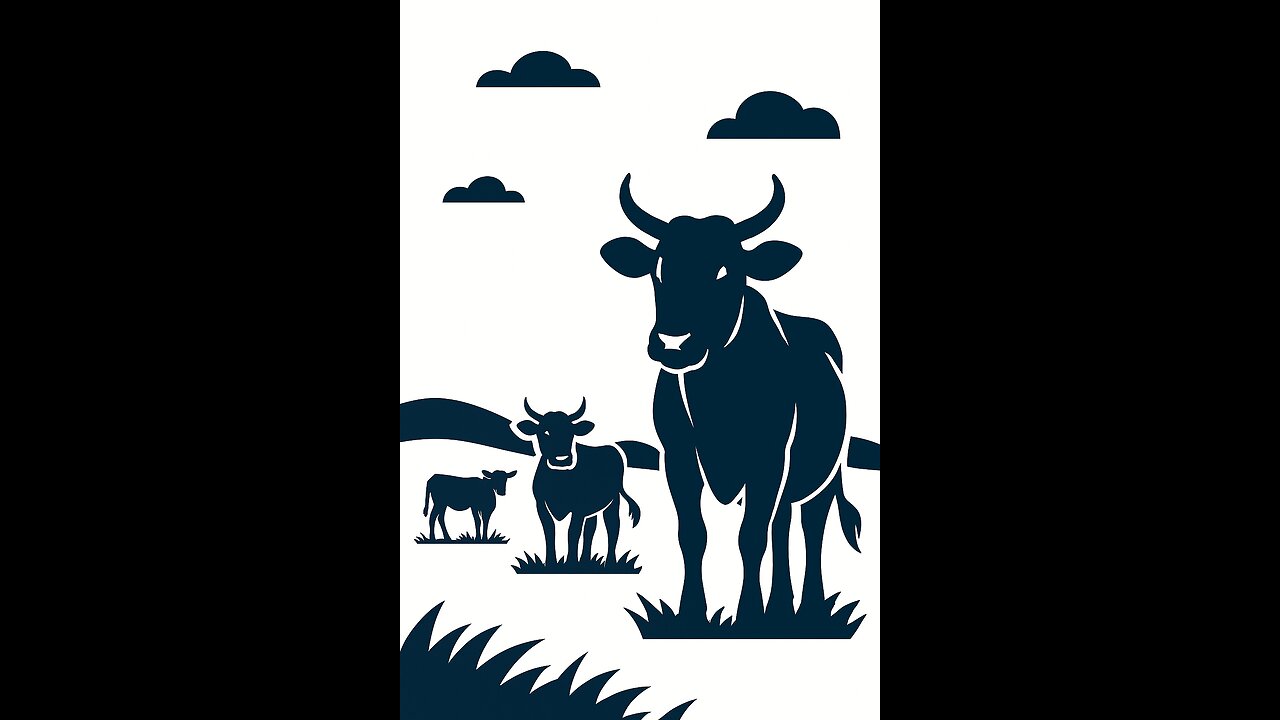Premium Only Content
This video is only available to Rumble Premium subscribers. Subscribe to
enjoy exclusive content and ad-free viewing.

Trocar Cows
5 months ago
34
The rumen in cows is the largest of their four stomach compartments and serves as a fermentation vat where a diverse community of bacteria, protozoa, fungi, and archaea breaks down complex plant materials like cellulose.
The rumen’s anaerobic environment supports microbial fermentation, producing volatile fatty acids (VFAs) such as acetate, propionate, and butyrate, which are absorbed through the rumen wall and supply up to 70% of the cow’s energy needs.
Additionally, microbial activity generates methane gas as a byproduct, expelled through belching.
The rumen’s papillae-lined interior maximizes surface area for nutrient absorption, making it essential for efficient digestion of fibrous plant material.
Loading comments...
-
 3:30:07
3:30:07
Barry Cunningham
5 hours agoBREAKING NEWS: COUNTDOWN TO COMMUNISM! ELECTION RESULTS SHOW!
39.4K36 -
 2:11:28
2:11:28
DeVory Darkins
5 hours agoLIVE NOW: 2025 Election results and Exit Polls AMA
48.5K41 -
 DVR
DVR
DLDAfterDark
3 hours ago $0.03 earnedJust Another Tuesday - In Virginia - The Governor's Race & Glock Talk
15.7K1 -
 3:21:38
3:21:38
The Charlie Kirk Show
6 hours agoJUDGMENT DAY 2025: The Election Results Stream
175K75 -
 3:51:07
3:51:07
MattMorseTV
7 hours ago $0.77 earned🔴Election Day LIVE COVERAGE.🔴
85.6K47 -
 1:16:51
1:16:51
Flyover Conservatives
23 hours agoSHOCKING DATA REVEALS: Young Voters Are Done With the Old GOP - Mark Mitchell, Rasmussen Reports | FOC Show
32.7K16 -
 1:15:28
1:15:28
Sarah Westall
7 hours agoGrooming is Protected and Encouraged by the System – Michelle Peterson and Mike Adamovich
29.2K10 -
 4:00:13
4:00:13
Akademiks
4 hours agoKendrick tries to Flip the Bots on DRAKE? WHo Beats Jay z in a verzuz. Blueface finally free!
33.5K7 -
 1:38:16
1:38:16
Professor Nez
10 hours ago🚨ELECTION NIGHT 2025 LIVE! Massive Upsets Brewing in New York, New Jersey & Virginia!
30K10 -
 4:48:50
4:48:50
Due Dissidence
13 hours agoLIVE: ELECTION RESULTS From NYC, NJ, and VA - Trump Approval CRATERS, Kash's Private Jet CRASH OUT
49.4K21